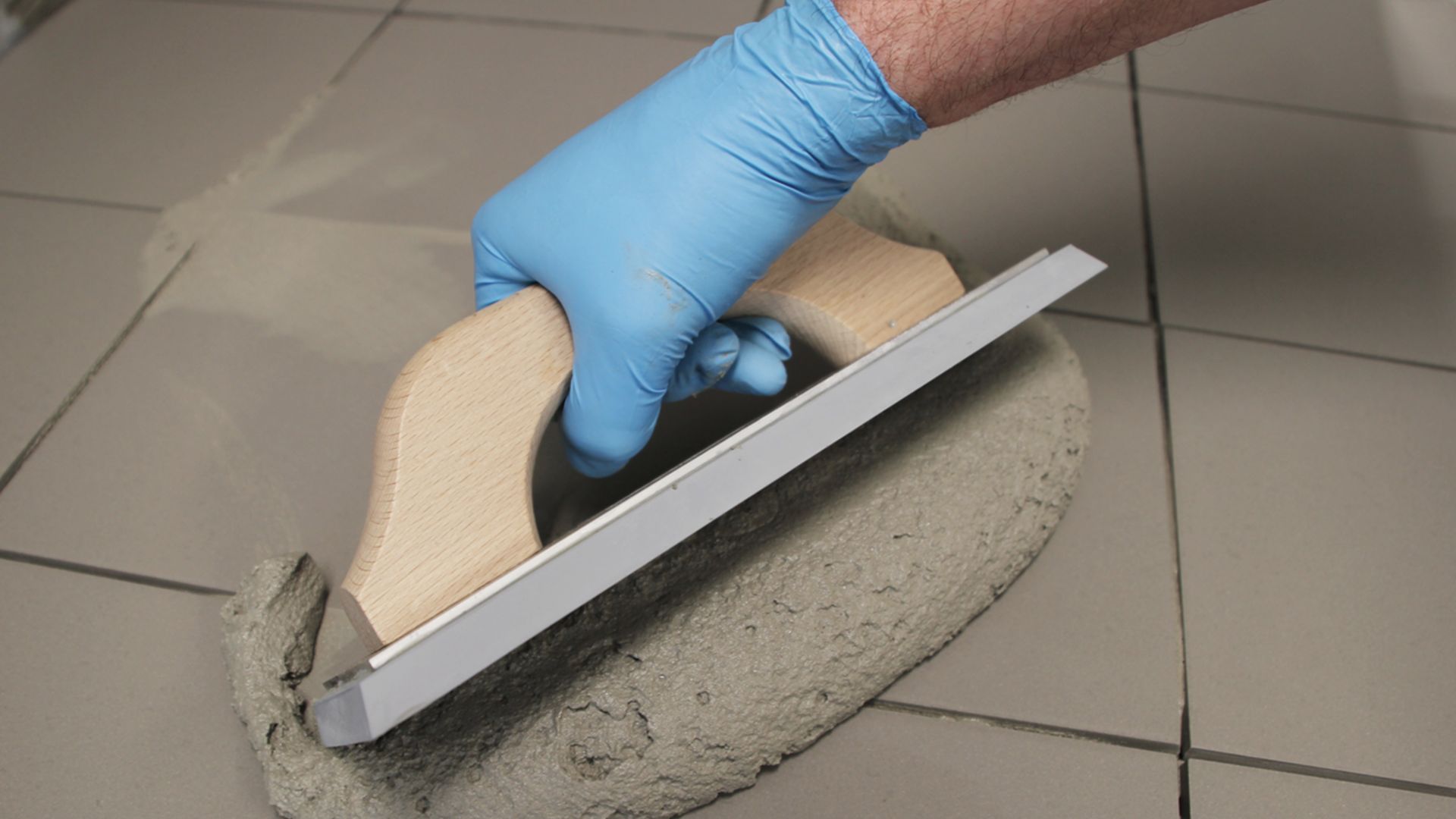Sika offers several types of tile grouts from traditional Portland cement products, 100% solids epoxy, to ready-to-use professional-grade grouts. Complete with a vast array of today’s colors and innovations such as Dustless Technology, the grout family has emerged as one of the industry’s full line solutions for any type of grouting job.
Frequently Asked Questions
For unsightly efflorescence to be present you must have three things: water, water-soluble minerals, and a pathway such as capillaries for the moisture to escape and leave behind the minerals. To avoid efflorescence, you need to eliminate at least one of those three components. Several SikaTile® grouts are formulated to avoid efflorescence.
SikaTile®-890 Revive can be used to rejuvenate old grout in both interior and exterior applications on both horizontal and vertical grout joints.
SikaTile®-825 Epoxy Grout is a 100-percent-solids epoxy grout and mortar that should be used for moisture-sensitive material.
When the grout has cured to the point where it will not transfer onto a finger applied to the joint, cleanup may begin. Grout must be fully cured for 21 days before regular cleaning.
High-performance grouts have increased water resistance and strength compared to traditional cement grouts.
Not all grouts require a sealer. Ready-to-use and epoxy grouts need no sealing. It is Sika's recommendation to use compatible sealer on cementitious grouts.
The word slake means to let rest with water. When mixing standard mortar or grout with water, manufacturers recommend letting the product rest before remixing to allow the polymers to wet out. This ensures that the product performs to spec. Our products with No-Slake technology are ready to apply after the initial mix.
Grout joint size is one of the main determining factors for choosing sanded or unsanded grout. Unsanded grout can be used for 1/16" to 1/8" grout joints, while sanded grout can be used on joints that are 1/8" to 1/2".
All grouts are not rated to resist water. Sealers are used to protect the grout from staining. Even if a grout is sealed, a liquid such as water could seep through where the grout meets the tile, causing damage to the substrate. Waterproof membranes are designed to protect the substrate and direct the water to a drain system.

